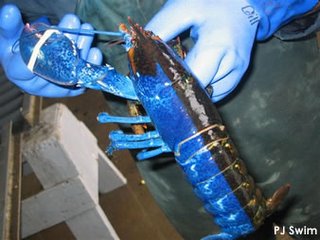Six Level Enhancement, Based on Number of Fraudulent Documents, Not Clearly Erroneous
United States v. Dmitry Proshin, Docket No. 04-5308-cr (2d Cir. Feb. 16, 2006) (Kearse, Cardamone, Cabranes) (per curiam): Sometimes one reads a decision and wonders, “Why in the world did the Court decide to publish this?” This opinion is a good example. The Circuit upholds a 6-level enhancement under U.S.S.G. § 2L2.1(b)(2), concluding that the … Read more


